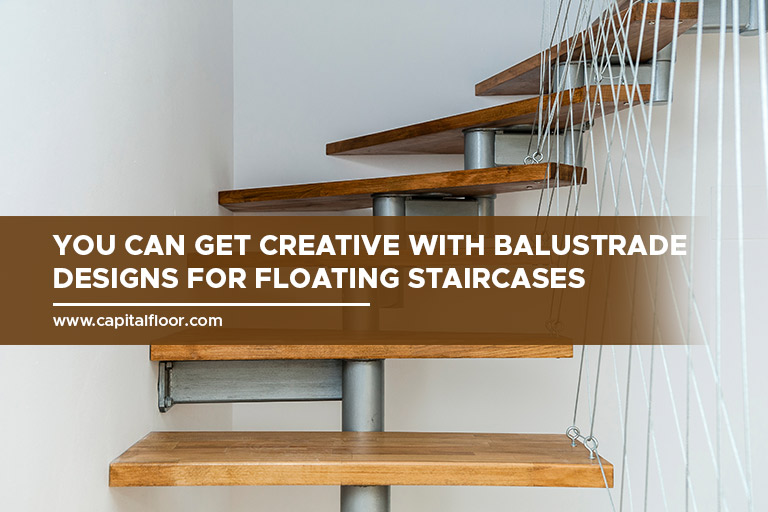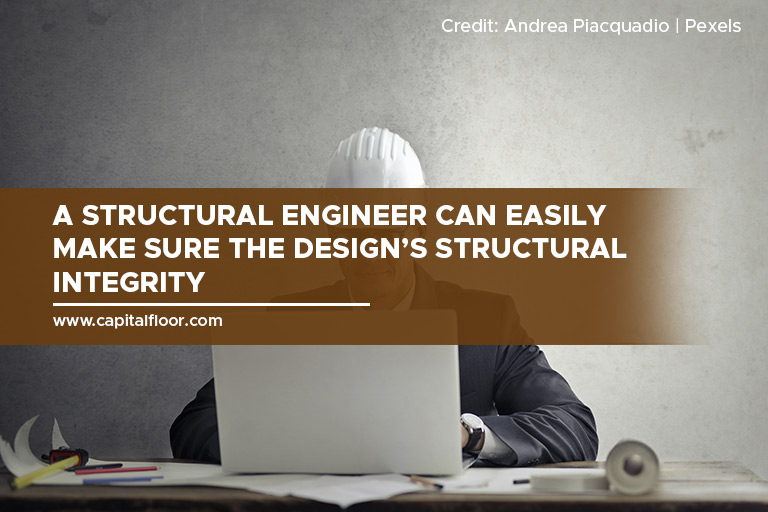Our showroom is open to the public. Please click HERE for more details.
Our showroom is open to the public. Please click HERE for more details.
A fusion of function and form, staircases are your home’s connection between levels. It is one of the focal points in a house. Its design greatly affects the aesthetic of your house. Depending on the materials used, orientation, and position in the home, a set of staircases can play an important role in maintaining the ease of movement and flow in a given space.
Today, one of the most popular staircase styles is floating stairs. Derived from European techniques and aesthetics, floating wood stairs, or steel staircase is usually made of minimalist support treads, glass balustrades, wood, and dramatic lighting. For homeowners who value versatility, these floating fixtures make a space wider as it eradicates the additional engineering supports that traditional stairs have. However, to successfully pull off installing these modern stairs, you need to consider various factors.
Since it offers both technical and functional benefits and disadvantages to your home, you should learn everything about it first, before deciding on getting them installed. Consult with your architect, interior designer, or engineer for advice regarding the following:
1.Materials Used
The materials used for the floating staircase can impact its value to your home. Depending on what style you’re trying to emulate, whether it’s modern, rustic, or classic, your floating staircase (due to its aesthetic presence) has to complement the entire structure as well.
Steel, wood, glass, and concrete can be used to build such structures. You can combine these elements to come up with a unique design or stick to a single material. Architects suggest the use of steel staircases if you’re going for a more modern or contemporary look, while wood and glass are used for traditional designs.
Whatever material you use, just make sure that it integrates appeal and functionality at the same time. If you want to renovate to incorporate hardwood flooring to complement your staircases, search for companies offering various styles like the Mercier flooring products.
2.Installation Process
Due to the lack of traditional staircase elements that would make it more stable and easier to build, floating staircases possess more engineering difficulties, when it comes to home installation.
Depending on how complex your design is, it could last from 2 to 7 days to be completed. For its floating illusion, you’ll also have to put up a standard central stringer setup, which has a meticulous installation process due to the safety elements involved.
For additional precaution, you may also choose to have a more bulky or sturdy railing system in place. After installation, conduct an extensive floor sanding process if you’re using wood as a primary material; not only for a smooth aesthetic finish but for safety.
3.Design With Balustrades

A standard element of traditional staircases, balustrades are supportive structures placed in between railings and stairs. Usually decorated with Greek, Roman, and romance-inspired designs, they are usually sculpted with floral and natural designs, depending on what aesthetic the homeowner desires.
The balustrades can also be made up of concrete, wood, or steel to complement the entire structure. For floating staircases, the presence of such elements may not be necessary at all, as the support system will be provided by the stringer setup.
However, if you want to add these accents, you can definitely do so with whatever material you want. For a modern touch and a more seamless and sleek look, architects suggest glass balustrades.
4.Location
Floating staircases are best suited for open-plan concept houses. These homes lack any barriers separating one section from another, creating better flow and movement inside. Interior designers prefer to use floating staircases as elevation elements due to their minimalistic appeal.
It requires less space, and it can be installed almost anywhere without disrupting the house structure. The best location to install floating staircases in the home is near the entrance. This provides a quick emergency exit route for everyone upstairs.
5.Safety and Structural Design

Due to its suspended structure, the integrity and structural safety of a floating staircase can be quite challenging to achieve. For carefully calculated designs, make sure to contact a structural engineer who’ll be able to determine the loading factors and tensile stress that your floating staircase will have to endure.
As it uses a treads system, it has to be tested rigorously to determine if it can provide adequate support. Each tread will also be connected to a wall or hidden stringer from below, which will give the stairs a floating effect.
Don’t just focus on design and aesthetics, prioritize safety as well. You can also use engineered hardwood flooring planks as staircases for stronger support. Hand railings and balustrades should also be installed if kids and elderly individuals are present in the home for more safety.
6.Proper Dimensions
Depending on what material you decide to use, the dimensions for your floating staircases will vary. Each material, whether it’s wood, engineered flooring, steel, concrete, or glass, has its own tensile strength and load stress efficiency. Your engineers will have to calculate the most optimum sizing for your floating staircases, so it’s able to support any load.
The design of floating staircases is similar to traditional ones. It should have at least 6 inches of vertical spacing between risers and a depth of 12 inches in the tread. Handrails (if they are installed) should be at least 36 inches from the treads. Considering all these numbers, make sure that your design will not go below these numbers to build a structure with the best integrity.
Floating staircases have gradually gained popularity due to their aesthetic and space-saving benefits. With its sleek, stylish, and modern look, it can complement and upgrade any home design.
However, before you decide on installing it into your home, make sure to consider all these factors for a more seamless process. Make sure to contact experts for advice, whether it’s to source materials or to install the structure. For high-quality materials for your modern floating stairs needs in Toronto, get in touch with Capital Hardwood Flooring. Call us now at (416) 536-2200 for an appointment or quotation.